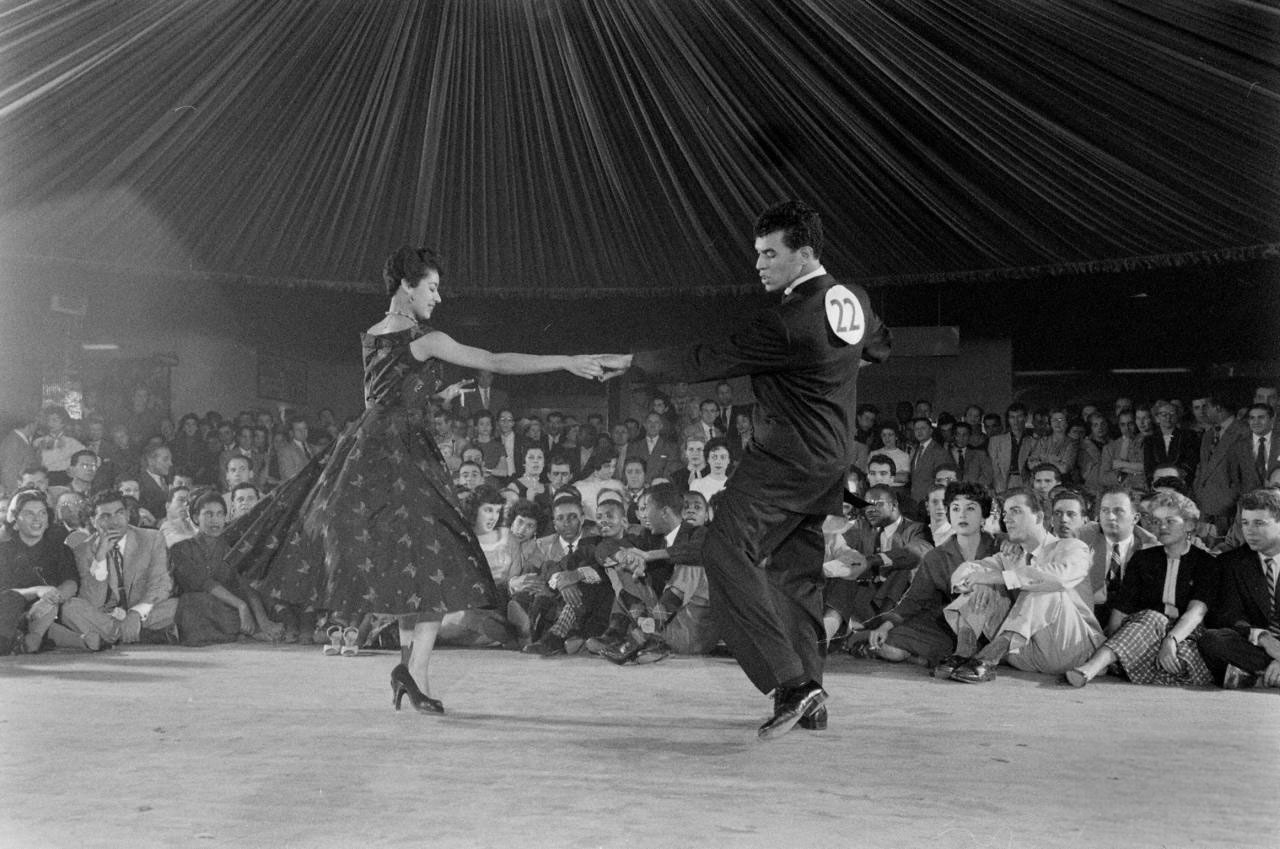Little Known Facts About Dance San Francisco.
Wiki Article
Not known Factual Statements About Dance San Francisco
Table of ContentsThe Buzz on Dance San FranciscoAll About Dance San FranciscoNot known Incorrect Statements About Dance San Francisco Some Known Factual Statements About Dance San Francisco
Let's consider Salsa dance and songs as a large Tree that looks like this: Salsa is danced worldwide while several technical aspects of the dancing coincide throughout styles (6 actions over 8 beats danced on a quick-quick-slow or slow-quick-quick rhythm), there are several "trademark" features of the major styles of Salsa that differentiate one from the other.Couples taking part in a Casino site Rueda dance all relocate unison as called by a Leader. Distinguishing functions of Cuban design salsa are circular turn patterns (with "break back" steps on matters 1 and 5) as well as body language inspired by traditional Afro-Cuban folkloric dancings. Distinguishing functions of Cali style salsa is quick and elaborate footwork, danced with a strong hand hold link between companions.
The beginnings of the design are a topic of discussion, but it is stated that New york city style Salsa dancing came from the 1960's as a result of the influx of Latin American emigrants after the Cuban Transformation (salsa dancing sf). Eddie Torres is one of the most popular New york city style dancer, being almost widely credited with popularizing the style to dance centres beyond New York
The fundamental rhythm of "On-2" is slow-quick-quick. The "youngest" of the styles of Salsa, L.A (https://pubhtml5.com/homepage/mpgu/). Style (some people have actually called it "West Coast" design) became preferred in the 1990's and has its origins in ballroom (Mambo, Swing and Cha, Cha, Cha). Transform patterns lead and follow methods are heavily affected by these styles, with the Cross Body Lead being the keystone of the style
Rumored Buzz on Dance San Francisco
Design are implementation of turn patterns and figures in the "port", with the break steps on counts "1" and "5". While Salsa music has strong beginnings in Cuban, Colombian and Puerto-Rican folkoric practices, it can not be marked down that all Afro-Latin and Latin American cultures have actually contributed to modern Salsa songs as we know it today.


Some Known Details About Dance San Francisco
differentiating attributes of Salsa songs are: 4/4 time signature, Kid Clave and Tumbao rhythms, Montuno Piano Unless you have a history in songs, the above 3 characteristics most likely imply nothing to you. A less complicated means to define Salsa songs is how it does NOT seem like other sorts of Latin American popular music.
It's time for lessons. With so lots of workshops around and different styles to pick from, where does a full rookie begin? The majority of all new dancers select to discover L.A. "On-1" style slotted Salsa styles are the most common in The United States and Canada (with some exemptions of some metropolitan centres that still mainly accept Cuban and Puerto Rican styles) and L.A.
.A. Design will rapidly instruct you the fundamentals of Salsa timing, weight transfer and turn pattern implementation. Numerous dancers, once they've had a year or two of dance L.A. Design Salsa under their belts, "switch" to New York design in order to expand their dancing vocabulary; however numerous professional dancers make a decision to stick to just one design of Salsa and enjoy their time on the dance floor because specific style. salsa dancing sf.
Design and New York City Design all being danced in the exact same club, with a number of the dancers being able to switch over from one style to the other from one track to the following. salsa dancing sf. Regardless of which design you select it is very important to stay with that style till you're really comfy with the fundamentals of timing, body rhythm and structure action implementation prior to taking into consideration "changing" styles (if you wish to)
As soon as you begin on lessons be ready to devote time and energy to finding out just how to dance in general it takes a full beginner (i. e., someone with little or no dance experience) concerning 6 months of actively taking lessons and heading out and practicing at the very least two times a week to reach a factor where pattern execution begins to feel "all-natural".
Report this wiki page